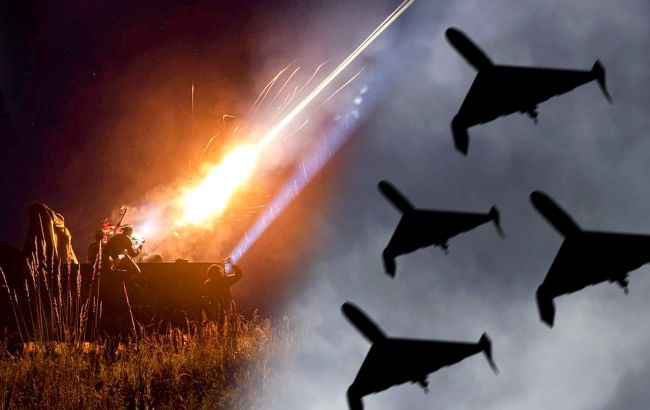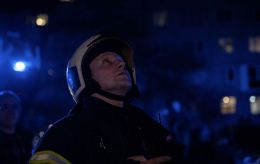UK intelligence identifies key factor changing course of Russia-Ukraine war
 Photo: Drones have changed the nature of the Russian-Ukrainian war (RBC-Ukraine collage)
Photo: Drones have changed the nature of the Russian-Ukrainian war (RBC-Ukraine collage)
Over the 1000 days of the full-scale Russian invasion of Ukraine, the Russian Air Force, despite its technological and numerical superiority, failed to achieve air superiority over Ukraine, the UK Ministry of Defense reports.
“The major development which has changed the nature of the conflict has been the use of Uncrewed Aerial Vehicles (UAVs),” the report says.
As noted in the report, since mid-2024, the number of kamikaze drone launches has likely given Russia the space and time to rebuild its long-range aviation fleet and associated stockpiles of air-launched cruise missiles and air-launched ballistic missiles.
According to UK intelligence, while Russia retains the ability to use these assets, the net effect is that the air defense picture for Ukraine is becoming increasingly tense and complex. With this combination of systems, the Russians are constantly targeting Ukraine's critical national infrastructure and air bases.
“Future strikes against Ukrainian CNI are expected this winter, as Russia attempts to break the will of the Ukrainian people,” the UK Ministry of Defense says.
Ukraine has successfully used UAVs against military targets in Russia. In mid-to-late September, Ukraine struck four Russian strategic ammunition depots hundreds of kilometers away from Ukraine. The total tonnage of ammunition destroyed at the sites is the largest loss of Russian and North Korean munitions during the war. “The attacks again highlight Russia's inability to protect strategic military sites from Ukrainian UAV attack,” the statement says.
Russian drones
According to RBC-Ukraine, Russia plans to assemble about 900 units of kamikaze drones per month with the help of components provided by Iran, which is three times more than last year.
According to UK intelligence, Russia has been able to increase the production of kamikaze drones and has increased the intensity of its strikes against Ukraine.
In particular, 2,000 kamikaze drones were launched by Russia against Ukraine in October 2024, which is about 700 more than in September and a significant increase for the third month in a row.
The high rates observed in September and October will likely become the norm, according to the UK Ministry of Defense.

